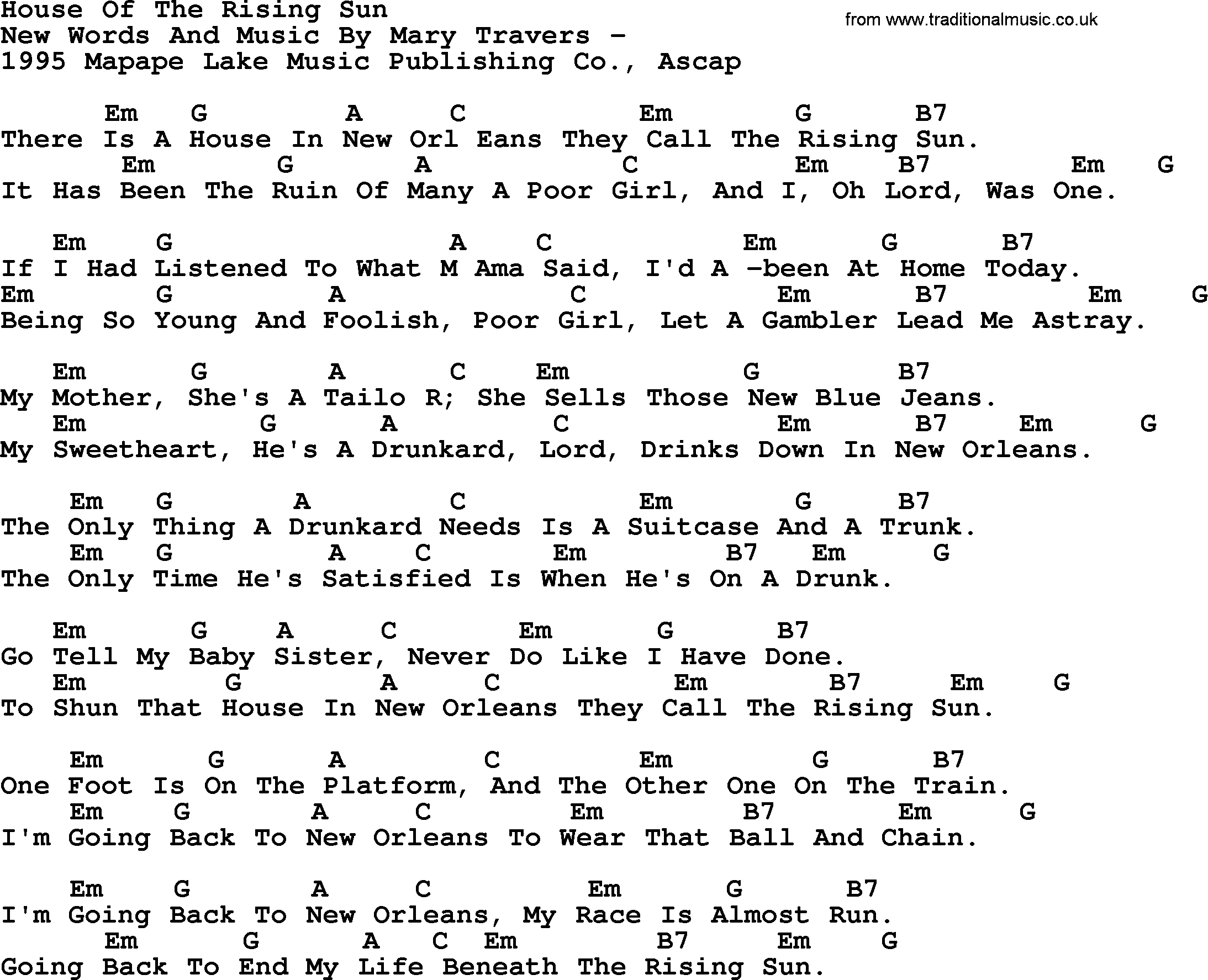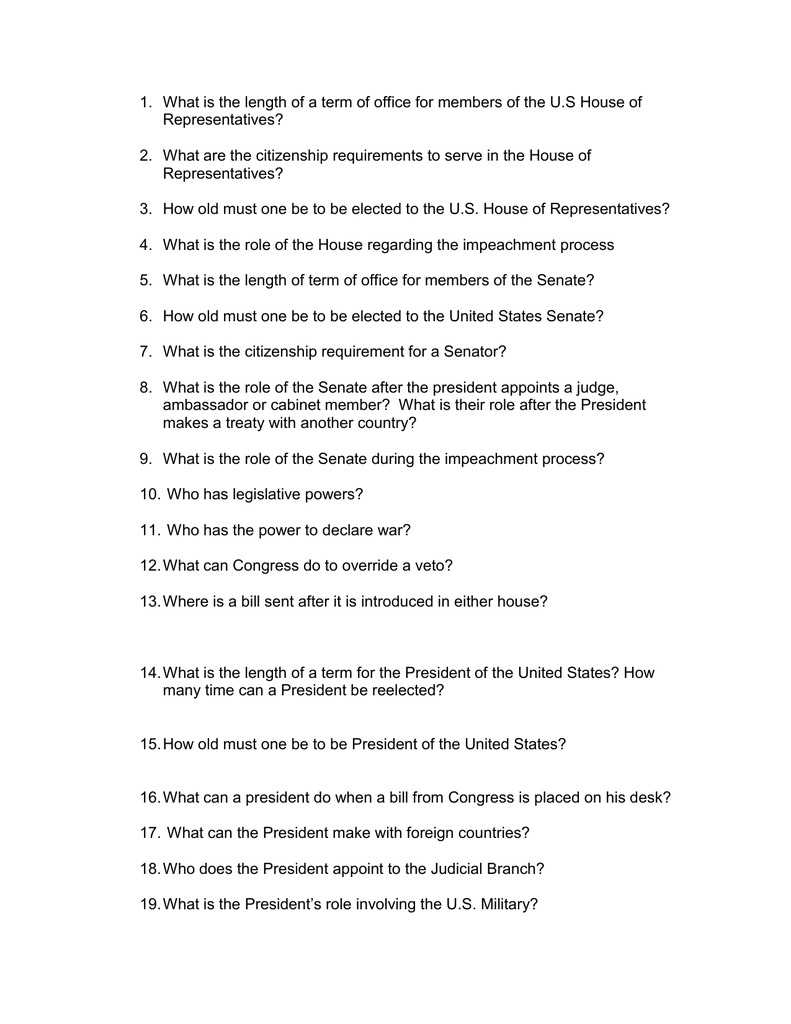Table Of Content
- The House of the Rising Sun (Cover) - Single
- Watch American Idol’s Special Musical Tribute to Late Finalist & GRAMMY Winner Mandisa Tonight
- More Songfacts:
- Free Music
- Five Finger Death Punch version
- Who is the Writer Behind “House of the Rising Sun?”
- How Tom Petty and Stevie Nicks Were Separated By A Song

Old Time Music is proud to have such a passionate and talented team of writers who share their love for music with our readers. We hope you enjoy the articles and insights they bring to our platform. He is tempted not to go but hasn’t got the willpower to say no, almost like he has given up on himself. A song that, when you try to get to the bottom of what it is all about and where it came from, asks more questions than it answers. The meaning behind “House of the Rising Sun” by The Animals is one such song.
The House of the Rising Sun (Cover) - Single

For most bands, when you had a big-name artist that was to follow, you usually end up with a bit of a rocker. In that version, you will find a similar tune and words, with Lowestoft, a seaside town in the UK, replacing New Orleans. The mystery deepens when you learn that there is a pub in Lowestoft called ‘The Rising Sun.’ Opened before 1964, I might add. Rise Against frontman Tim McIlrath explains the meanings behind some of their biggest songs and names the sci-fi books that have influenced him.
Watch American Idol’s Special Musical Tribute to Late Finalist & GRAMMY Winner Mandisa Tonight

Burdon then lets rip with all the emotion and anguish he can muster for that last verse as he pummels our senses. The song then tapers off to a gentle ending, with Alan Price again taking the lead. One of the original versions reverses the genders and is about a woman who has no option but to return to that sort of life. But, they rarely had three different “high points.” This song did, which is one reason why “House of the Rising Sun” is so unique. There are far too many versions of “House of the Rising Sun” to list them all.
More Songfacts:
Here's every song on the 'Perfect Days' soundtrack - Film News - NME
Here's every song on the 'Perfect Days' soundtrack - Film News.
Posted: Fri, 23 Feb 2024 08:00:00 GMT [source]
The lines, “Oh mother, tell your children not to do what I have done. Spend your life in sin and misery, in the house of the rising sun,” serve as a solemn plea from the narrator to warn others against following his path. He advises future generations to avoid the pitfalls that have caused him so much pain and suffering. Throughout the song, the narrator refers to his parents, his mother being a tailor who sewed his jeans and his father being a gambling man from New Orleans.
Little did I know that this haunting melody would leave an everlasting impression on my soul. I had learned it sometime in the 1950s, from a recording by Hally Wood, the Texas singer and collector, who had got it from an Alan Lomax field recording by a Kentucky woman named Georgia Turner. I put a different spin on it by altering the chords and using a bass line that descended in half steps—a common enough progression in jazz, but unusual among folksingers.
Free Music
Now, if you think about the history of the city, there are other versions of the story that could also fit in their theories. In these variations, the narrator is a woman bemoaning her return to prostitution. Male singers made it “the ruin of many a poor boy,” which transformed the title establishment into a gambling den. What’s true is that from the moment it arrived in the US, it became such a popular song that even today, many are extremely interested in knowing for sure what’s behind this heartbreaking tune that has moved millions over the centuries. However, this is kind of an impossible mission and a huge mystery no one will ever be able to solve. The first one was Clarence Ashley in 1933, who claimed he learned the song from his grandfather.
Five Finger Death Punch version
Its psychological insight and philosophical meaning are all too relevant for this song to be anything but timeless. But it’s hard to imagine that anybody will ever again inhabit that doomed soul at the epicenter of the tale quite as well. He's written a bunch, but his fans are more interested in the intricate jams. In 2014, Five Finger Death Punch released a cover version for their album The Wrong Side of Heaven and the Righteous Side of Hell, Volume 2. Five Finger Death Punch's remake reached number 7 on the US Billboard Mainstream Rock chart. The song was first collected in Appalachia in the 1930s, but probably has its roots in traditional English folk song.
But he still goes and knows that the temptations of the place are like a ball and chain that he is condemned to carry. However, it seems more likely it is a metaphor for his addictions to drinking and gambling. I suppose to an extent, that will depend on whether it is a man or a woman singing it. However, there is a major theme in “House of the Rising Sun” that is common to just about all versions.
Van Ronk recorded it soon thereafter for the album Just Dave Van Ronk. It tells the story of a woman (apparently a very young one) talking about how her life became a living hell when she decided to abandon her family. Many people see it as a representation of poverty and injustice, and thus, an anthem many people can actually relate to. Set in New Orleans, many historians, musicologists, and anthropologists have devoted their time and efforts to find not only the song’s origins, but also the House’s location to understand what happened to the woman in the song. Indeed the folk song itself dates back to at least the early 20th century and perhaps even a significant time before that.
Rock legends The Animals announce Aussie farewell tour - The Senior News
Rock legends The Animals announce Aussie farewell tour.
Posted: Mon, 04 Dec 2023 08:00:00 GMT [source]
As for the location of the famous House of the Rising Sun, many New Orleans tour guides claim that it was a hotel in the French Quarter that operated between 1808 and 1822 and that was actually a men’s hotel, in other words, a brothel. This has become one of the most popular stories, since the song clearly states that the life of the young woman tragically changed when she abandoned her house, and it’s most likely that she was taken to the brothel to work. In late 1961, Bob Dylan recorded the song for his debut album, released in March 1962. That release had no songwriting credit, but the liner notes indicate that Dylan learned this version of the song from Dave Van Ronk. In an interview for the documentary No Direction Home, Van Ronk said that he was intending to record the song and that Dylan copied his version.
By the early 1960s, the song had become one of my signature pieces, and I could hardly get off the stage without doing it. Only the band’s organist, Alan Price, was given credit for arranging the track as the record company said that there wasn’t enough room to include all the members as arrangers. Price performed the organ solo that was shaped after jazzman Jimmy Smith’s hit, “Walk On The Wild Side”, on a Vox Continental.
















